Ladder exhibition by Bonco
Ladder exhibition by Bonco
Ladder Exhibition
Artist: Bonco
Dates: 27 August to 17 September 2022
Venue: Scott Lawrie Gallery, 10/13 Coles Avenue, Mount Eden
By Andrew Paul Wood
Since the eighteenth century, art has aspired to the sublime, the state of spiritual transcendent awe in the presence of something greater than ourselves. The Romantics sought it in dramatic landscapes full of tempests and volcanic eruptions. The Symbolists tried to hotwire it by being as obliquely mysterious and esoteric as possible. Modernism evoked it in raw, unfiltered emotional expression, or through formal abstraction and the abandonment of the representational.
Paul Nathan, (and his alter ego Bonco), is of the latter category. His is a spiritual vision, but one translated into geometry. Specifically, his work resembles the much neglected mid-twentieth century movement Op Art, which evoked an extra dimension to geometric abstraction through subtle optical and psychological effects.
Many will have heard of Bridget Riley and perhaps Victor Vasarely. In Aotearoa we might think of Gordon Walters and Roy Good. More broadly the category covers a gamut of artists, all different in their own ways: Julian Stanczak, John McHale, Franco Grignani, Yacov Agam, Carlos Cruz-Diez, Jesús Rafael Soto, Gregorio Vardanega, Nicolas Schöffer and many others.
Most of these artists are characterised by their graphic sensibility, finding that sublimity in after-image, consecutive movement; line interference; formal ambiguity, reversible perspective, colour contrasts and chromatic vibration. Seeing more than one thing at once, or more importantly, seeing things that aren’t there at all.
Nathan created Bonco while finishing his Masters of Fine Arts at Elam School of Fine Arts, University of Auckland. Bonco is a Pictori philosopho, a painter-philosopher, and a mystic, searching for spiritual truth through a Kabbalistic-like working through of the modernist grid and its variations. Like the Polynesian peoples of the Pacific he feels the mythical power of the grid distinct from its scientific modernity.
A grid is a ladder, a scaffold, a climbing frame, and as critic Rosalind Krauss put it in her 1978 essay ‘Grids’, a window opening on reality. Like Mondrian, who dabbled in Theosophy, Bonco knows the grid to be a mandala gate to the universal utopia beyond. Bonco is a little less rigid though, more like Agnes Martin, subtle, sometimes uncertain, always self-conscious. While Bonco’s earlier work has explored the grid as a kind of letter to higher consciousness, in the works in Ladder that symbolic ladder is literalised into a stylised orthogonal depiction of an actual ladder. Of course, René Magritte’s warning about the treachery of images applies. Ce n’est pas une échelle.
This imagery is not new to Aotearoa. Māori represented te ara poutama, (the stairway to heaven), as stylised step patterns in tukutuku panels. Bonco, on the other hand, picks up on the Ladder in the Dream of Jacob in Genesis 28that connects heaven and earth. It is a path of transcendence and an encouragement to find heaven on earth. There is perhaps also a hint of the Sefirot, the Kabbalic tree of life that connects the world to the divine, conveying the power of the divine into the world.
Hidden text is a common feature in the works in Ladder as a vehicle for esoteric ideas. The paintings Lead (Leo) and Mercury (Gemini) hint at a combination of alchemical and astrological themes. There is romantic echo of heroic failure in three works containing hidden text in Esperanto – the constructed language of hope that never really took off outside of scattered circles of enthusiasts. ‘Vidu’, ‘Lumo’, and ‘Paso’ are ‘See’, ‘Light’, and ‘Step’ in Esperanto respectively.
The zodiacal signs are an allusion to Genesis 15:5 where God tells Abraham to go outside and count the stars: “And he brought him forth abroad, and said, Look now toward heaven, and tell the stars, if thou be able to number them: and he said unto him, So shall thy seed be.” The divine fiat is a demand for one to strive for what is acknowledged to be impossible, a reference to our part of the cosmic whole. As Carl Sagan used to say, we are made of star stuff. It is this paradoxical conflict the grid allows between the material and spiritual realms that motivates Bonco’s work.
Numerology matters. Palette is limited to around eight colours and four neutrals. The eight on its side is the symbol of infinity ∞ and transcendence. The four neutrals suggest the four Aristotelian elements. In the two larger paintings the diagonal begins with seven steps in allusion to the seven days of the week. There is also the suggestion of projective geometry found in the works of the Swiss mystic artist Emma Kunz and by the artist followers of the Anthroposophist Rudolf Steiner.
For paintings that, at first glance, appear eccentrically minimalistic, they are, in fact, densely freighted with meaning.


